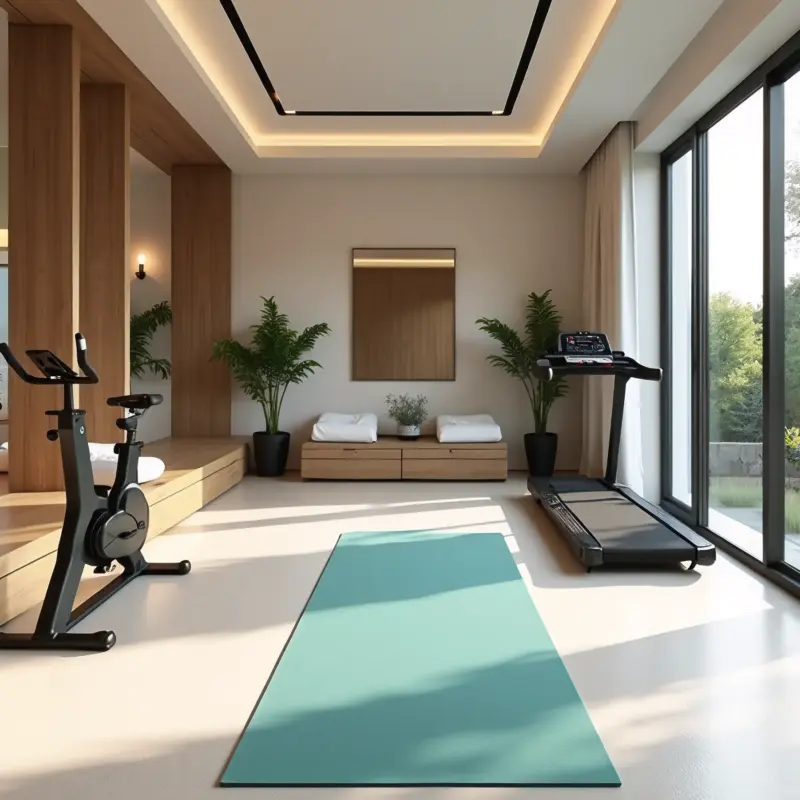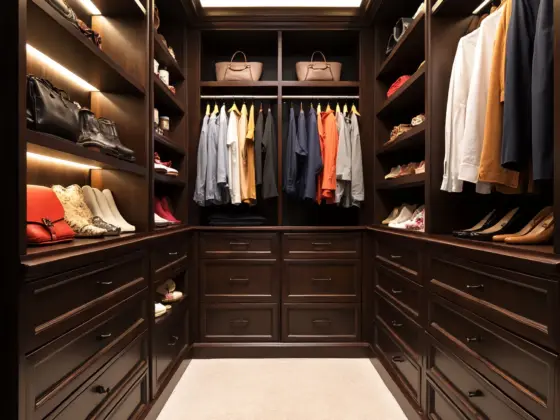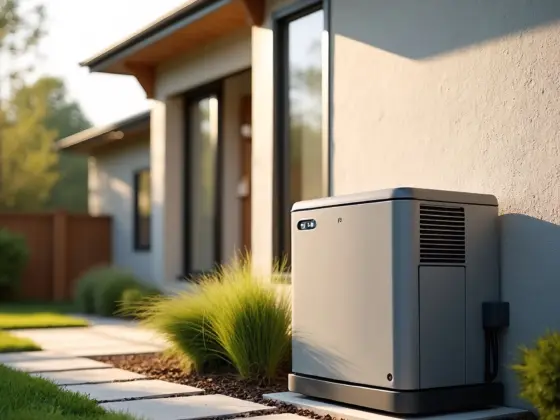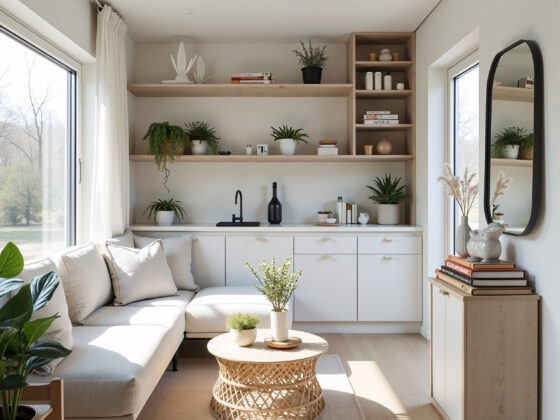Whether you’re lifting weights, flowing through yoga poses, or just craving a quiet space to recharge, a dedicated home gym or wellness room offers the ultimate convenience. No commute, no crowds—just a private retreat tailored to your physical and mental well-being.
As more homeowners prioritize health and self-care, transforming a spare bedroom, basement, or flex space into a gym or wellness zone has become a top trend—and a smart investment.
Why Add a Home Gym or Wellness Room?
Convenience
Having everything at home makes it easier to stick to your routines. No traffic, no excuses.
Customization
You can design the space for your exact fitness needs or wellness rituals, whether it’s strength training, stretching, meditation, or even infrared therapy.
Increased Property Value
A well-designed home gym or wellness space adds functionality and can be a unique selling point for future buyers.
Privacy
Enjoy workouts and recovery time without the pressure of a crowded public gym.
Step 1: Decide the Purpose of the Space
Are you more focused on fitness, mindfulness, or a mix of both? Here’s how to choose:
- Home Gym Focus – Ideal for strength training, cardio, HIIT, or boxing. Requires durable flooring and space for equipment.
- Wellness Room Focus – Think yoga, meditation, stretching, massage, breathwork, or spa-like therapies.
- Hybrid Space – Combine both for a mind-body sanctuary that covers everything from burpees to breathwork.
Step 2: Choose the Right Location
Popular options include:
- Spare Bedroom – A great choice for privacy and temperature control.
- Garage or Basement – More space and high ceilings, perfect for gym equipment.
- Loft or Nook – Works well for yoga or mindfulness-focused setups.
Tip: Look for areas with natural light and good ventilation if possible.
Step 3: Plan Your Layout and Design
For Home Gyms:
- Rubber or foam flooring to protect joints and equipment
- Mirrors to monitor form and open up the space
- Storage racks for weights, resistance bands, and accessories
- Cardio equipment like a treadmill, stationary bike, or rowing machine
- Mounted TV or speaker system for guided workouts or motivation
For Wellness Rooms:
- Soft flooring like cork, wood, or large area rugs
- Neutral colors and calming décor (think earth tones, soft blues, and plants)
- Aromatherapy diffusers, candles, or a sound machine
- Comfortable seating like a daybed, floor cushions, or meditation chair
- Storage for yoga mats, blankets, and wellness tools
Tech Upgrades to Consider
- Smart lighting that adjusts brightness or color for energy or relaxation
- Bluetooth sound systems for playlists, meditations, or classes
- Smart mirrors or fitness mirrors for on-demand workouts with built-in instructors
- Climate control to keep the room comfortable year-round
Design Tips to Elevate the Vibe
- Add greenery: Plants bring calm and boost air quality.
- Use art intentionally: Hang inspirational quotes or serene imagery.
- Keep it clutter-free: Hidden storage keeps the space focused and functional.
- Personalize it: Include items that make you feel good—whether that’s a vision board, candles, or your favorite workout gear.
Wellness Beyond Workouts
You don’t need a gym to create a transformative space. A wellness room can serve as a quiet zone for:
- Guided meditations or journaling
- Reading or napping
- Red light therapy or foam rolling
- Post-workout recovery rituals
The idea is to create a sanctuary for self-care—whatever that looks like for you.
Final Thoughts
A home gym or wellness room isn’t just about aesthetics—it’s about making time and space for your physical and mental health. Whether you’re carving out 15 minutes or a full hour, having a dedicated place to recharge, sweat, or breathe deeply is a powerful way to bring balance into your everyday life.
Your body (and your future self) will thank you.






